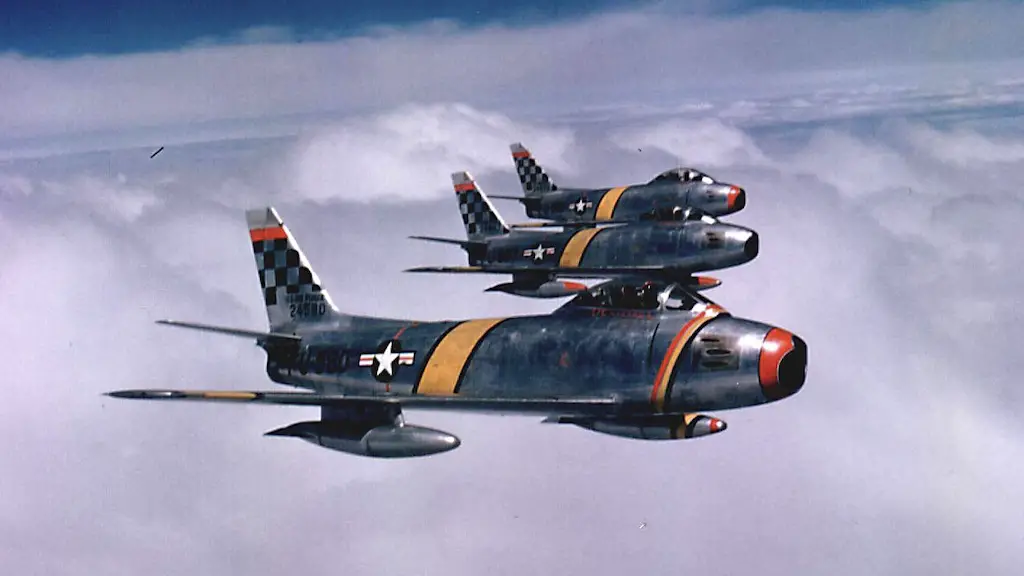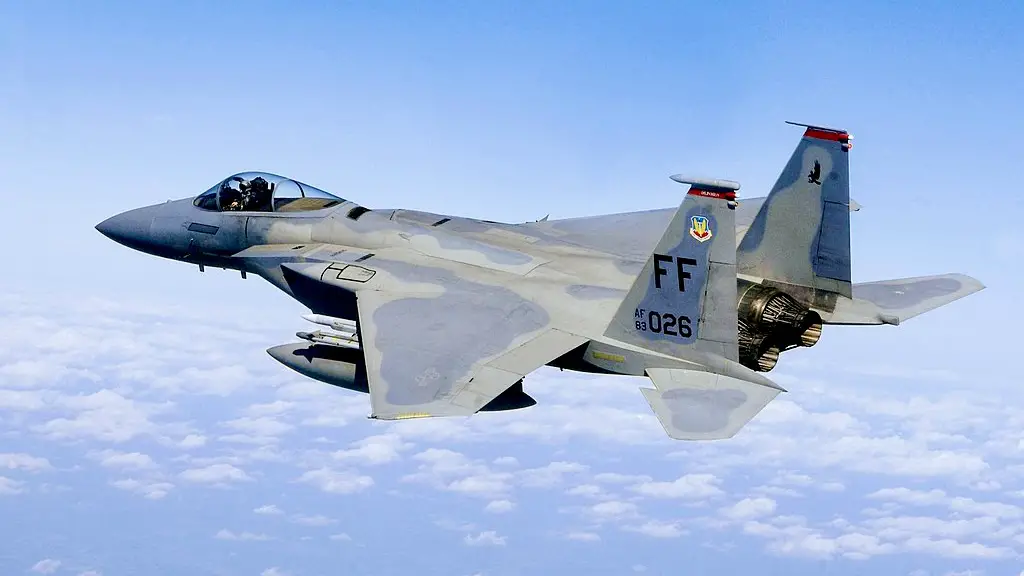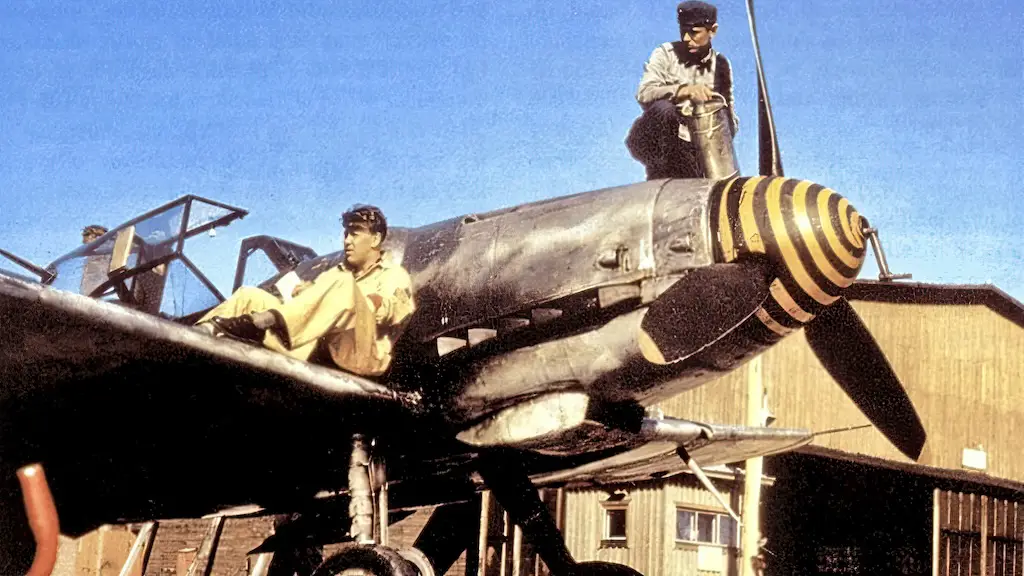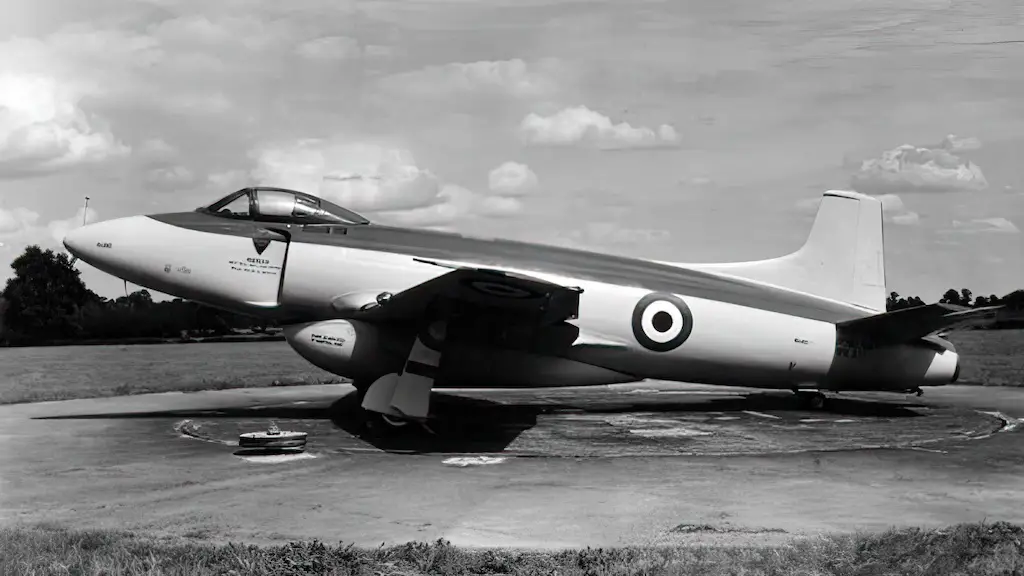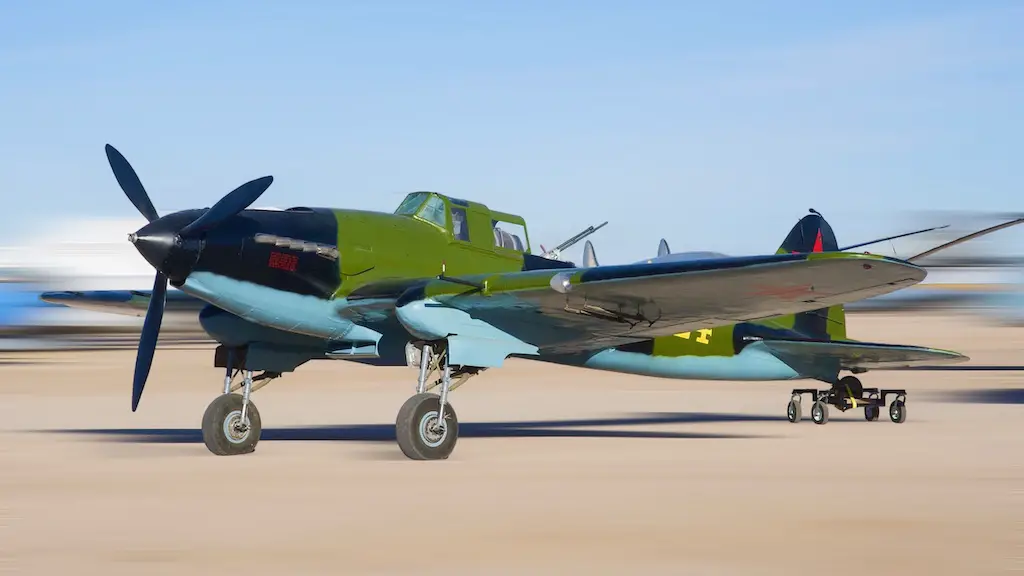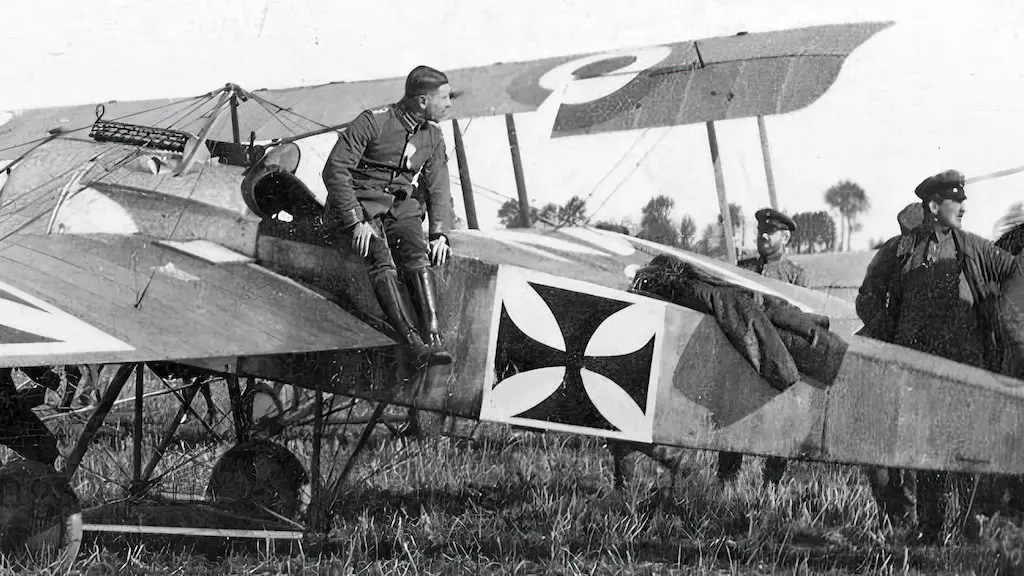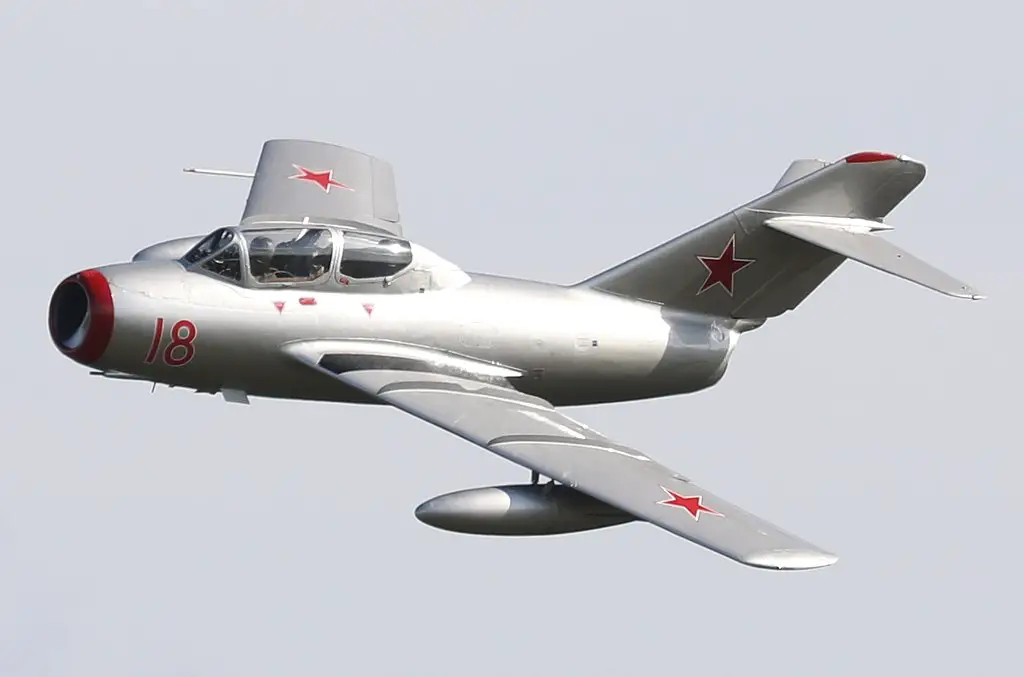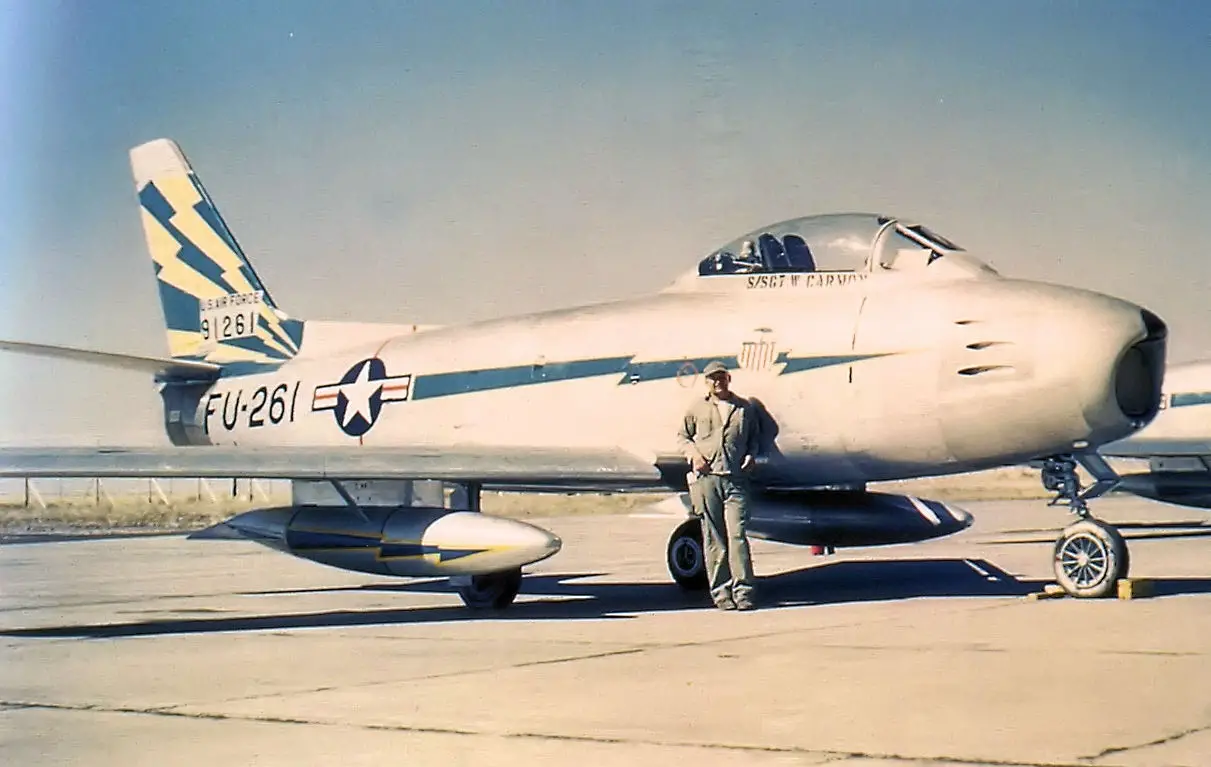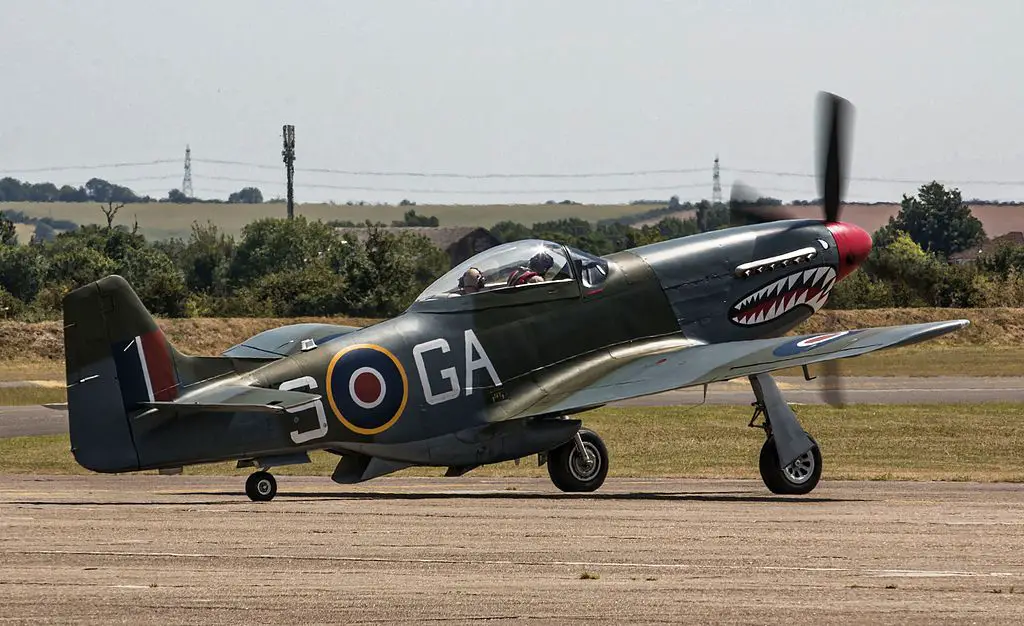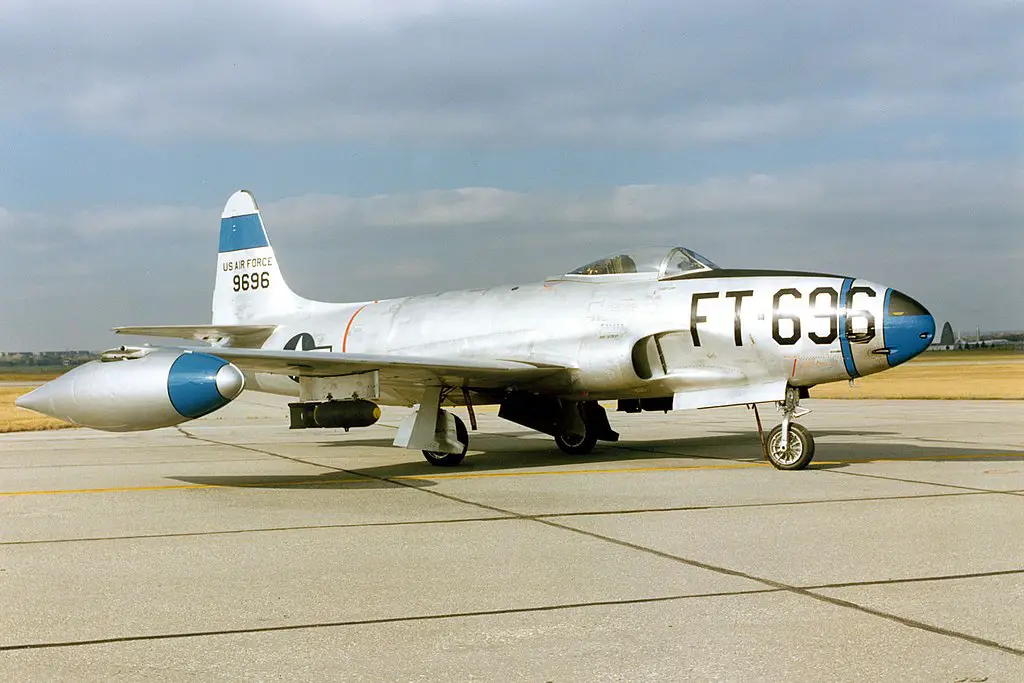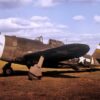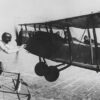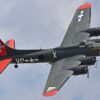The Korean War was the first conflict that saw heavy use of jet engine aircraft. The now-independent United States Air Force would face a challenge in the face of the new Soviet Mig-15’s used by North Koreans. The aircraft that would face off again the Mig-15 was the F-86 Sabre.
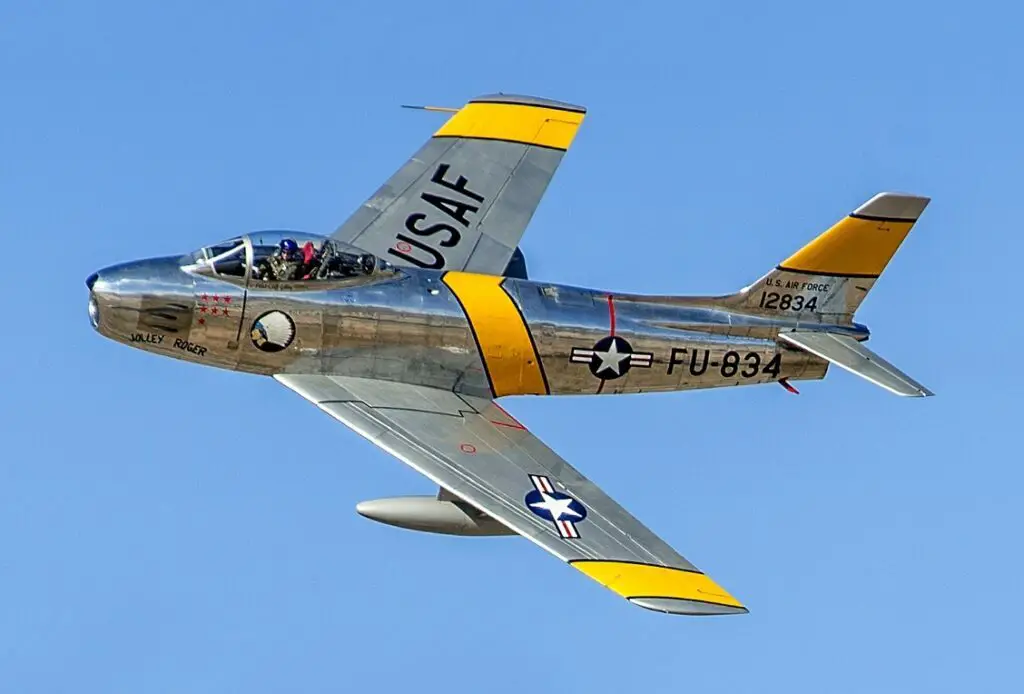
Air superiority
With air superiority being among the most critical strategic leverages in wars, fierce fighting took place between the Mig-15’s and F-86’s to dominate the skies above the Korean Peninsula. Locked in an arms race, the Soviets and the US created closely matched aircraft. While the Mig-15 was superior in ceiling, acceleration, rate of climb, and zoom, the F-86 excelled at lower altitudes with its superior manoeuvrability.
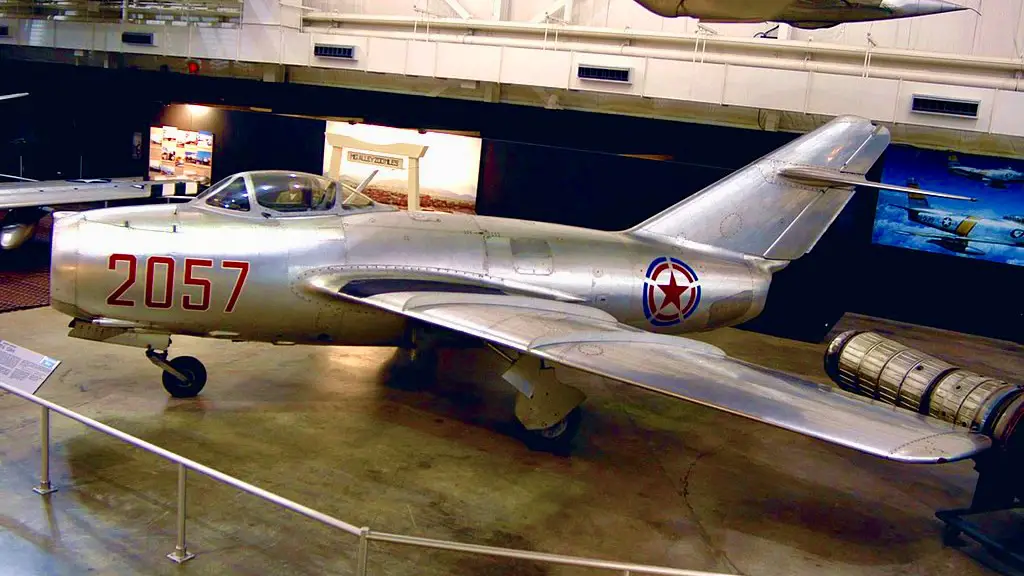
While the Mig-15 had more firing power with its 37mm cannon and two 20mm cannons, the Sabre made up for it with its radar APG-30 gunsight, giving it more firing accuracy than the Soviet aircraft. The actual dogfights between the two were unlike nothing the world had seen. The speeds that the aircraft could reach were twice as high as their WWII-era predecessors, and both were capable of climbing to higher altitudes.
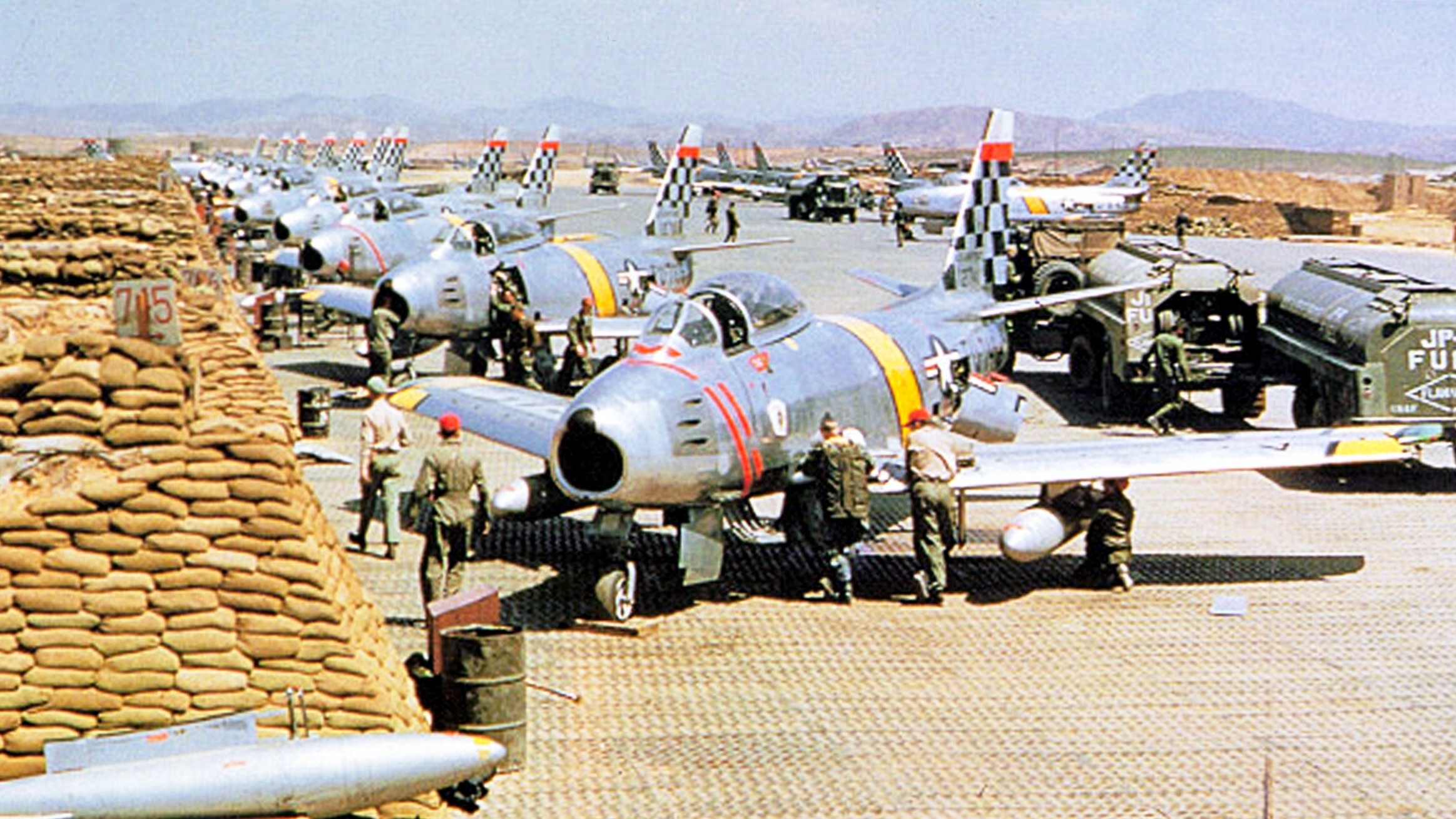
Battle hardened
While, on paper, the Mig-15 was superior to the early F-86’s, the US had an Ace up its sleeve (several Aces, in fact). The Korean and Chinese pilots were no match for the battle-hardened and experienced American pilots. Proving yet again that that experience and well-developed military institutes win wars rather than machines.
Gaining air superiority was no easy task. For one, South Korea was considerably less developed compared to DPRK. More importantly, the North had valuable infrastructure, which the south lacked. There was only one permanent airfield in Seoul; the airfield would be captured and recaptured multiple times throughout the war.
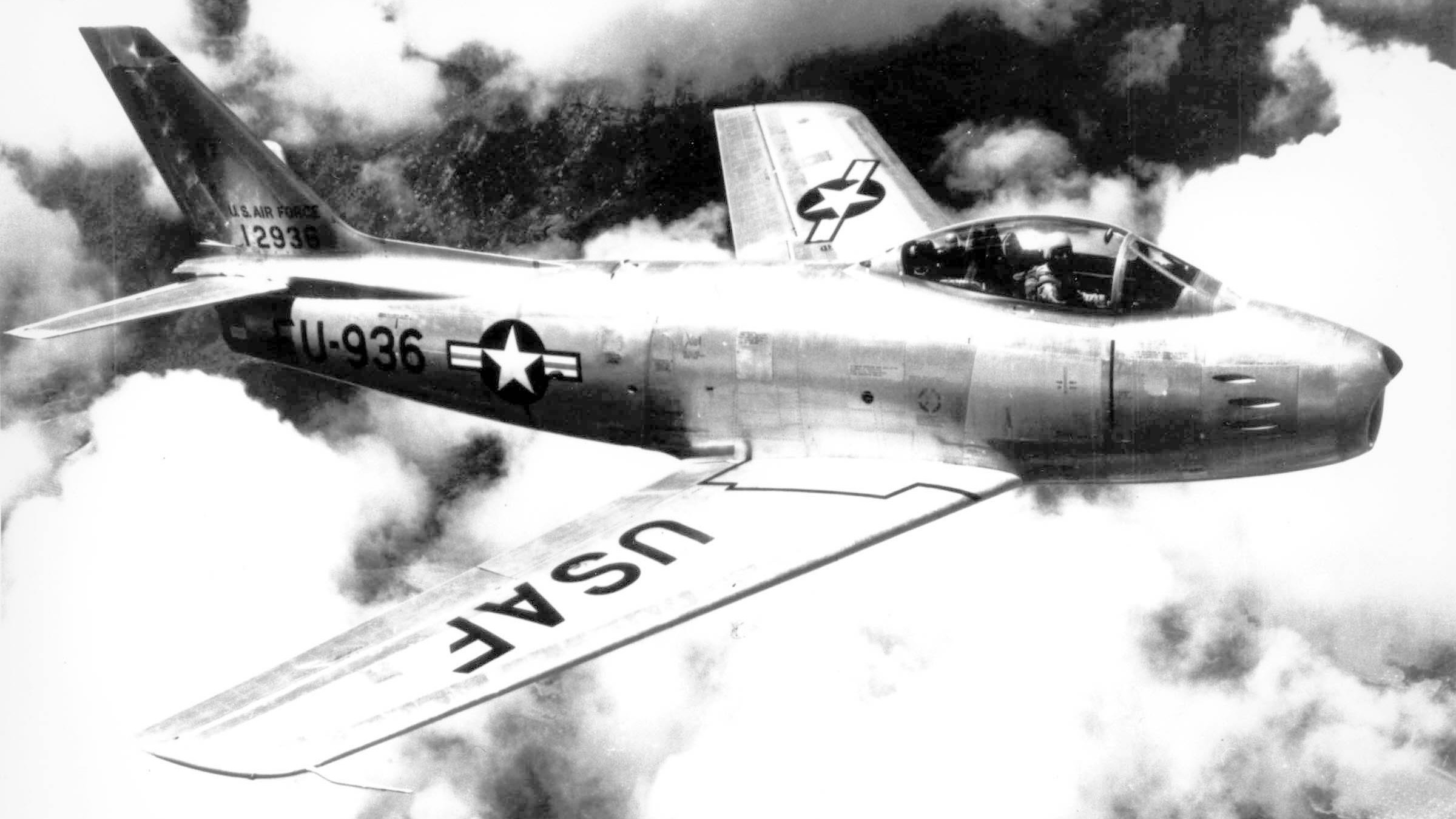
Not a happy landing
Most of the runways that the US pilots had to use were very rough, to say the least. They were not built for the new generation jet-engined aircraft and were usually shorter. As a result, the planes would sometimes get damaged on takeoff, and landings were equally dangerous.
This, however, wouldn’t keep the pilots out of the sky. The Sabres still played a key role in the conflict, mainly providing ground support and hitting enemy infrastructure, thus slowing down the movement of their forces. But of course, the most thrilling engagements would happen against the enemy jets.
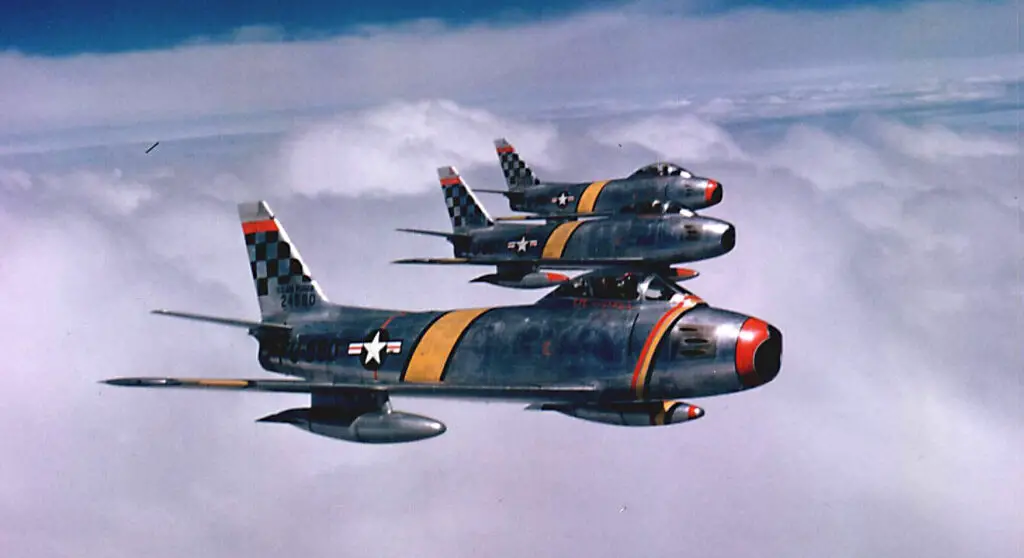
Dog fight
The first dogfight between a F-86 and Mig-15 happened on December 17, 1950. The Sabres marked their territory by downing a Mig-15, letting the enemy know that they would no longer face off against the WWII-era P-51 Mustangs and F-80 Shooting Stars, which were flying targets for the Soviet jets.
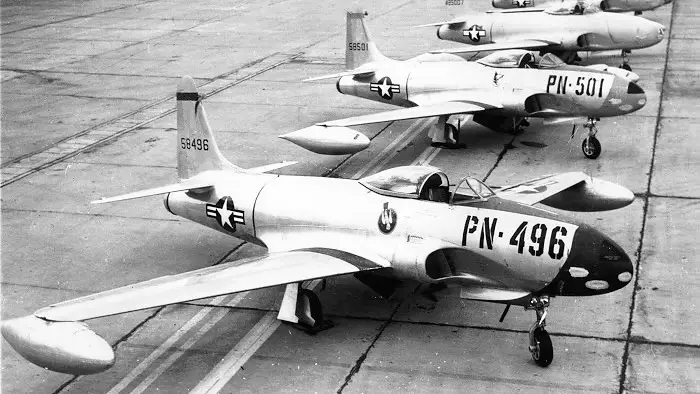
Swept wings
The arrival of F-86’s was delayed for about a year because its manufacturers from North American Aviation insisted on fitting the aircraft with swept wings. The earlier prototype known as XF-86 had straight wings and was powered by Alliance TG180 tube-jet engine. The aircraft was capable of reaching speeds of up to 582 mph with a range of 750 miles and a ceiling of 46,500 ft.
After WWII, both Soviets and the U.S. acquired the research of german scientists on swept winged designs, and both of their future jet-engined aircraft would incorporate the design.

